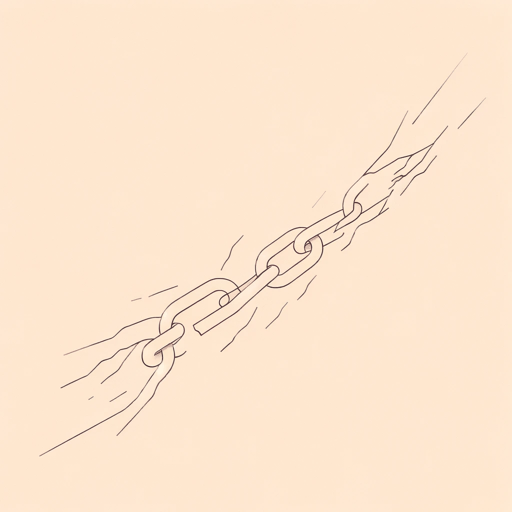61 pages • 2 hours read
Frederick DouglassNarrative of the Life of Frederick Douglass
Nonfiction | Autobiography / Memoir | Adult | Published in 1845A modern alternative to SparkNotes and CliffsNotes, SuperSummary offers high-quality Study Guides with detailed chapter summaries and analysis of major themes, characters, and more. For select classroom titles, we also provide Teaching Guides with discussion and quiz questions to prompt student engagement.
Preface-IntroductionChapter Summaries & Analyses
Preface Summary
Douglass’s autobiography begins with a Preface written by William Lloyd Garrison, a prominent abolitionist and journalist who ran the anti-slavery newspaper The Liberator. Garrison met Douglass at an anti-slavery convention in Nantucket in August 1841. Douglass had recently “made his escape from the southern prison house of bondage” (1) was attending the convention to learn about the principals and activities of abolitionists. Douglass made a powerful speech narrating his own experiences as an enslaved person that captured the audience’s attention. Garrison and John A. Collins, the general agent of the Massachusetts Anti-Slavery Society, asked if Douglass would dedicate his talents to the cause of anti-slavery. From then on, Douglass lectured and wrote widely under the auspices of both the American and Massachusetts Anti-Slavery Society. Douglass gained fame as a public speaker and then wrote his autobiography.
Garrison asserts that there is no exaggeration in Douglass’s narrative, that it is drawn from reality. Garrison defends enslaved and formerly enslaved people from the charges that Black people are inferior, noting that under slavery, people are unable to reach their full potential but that there is no difference between the races. White people are ignorant and uninformed about the institution of slavery, and many will try to undermine Douglass’s account, but Garrison notes that he has meticulously detailed everything, and any lies would easily be disproven.
Related Titles
By Frederick Douglass




